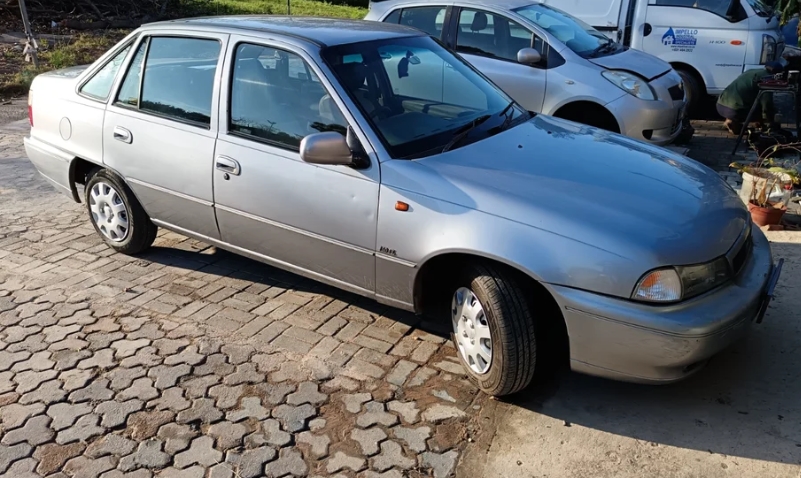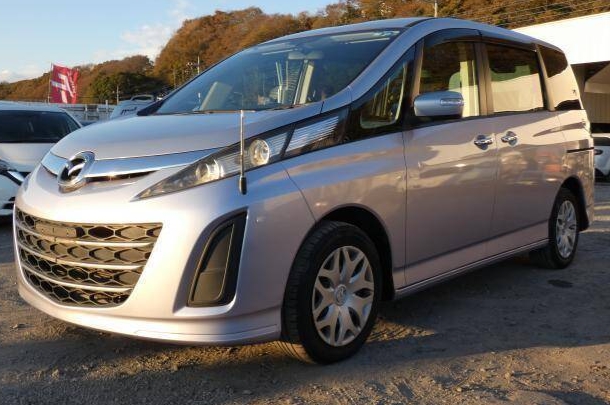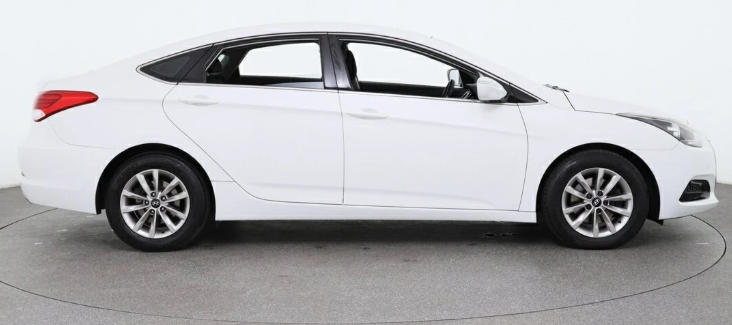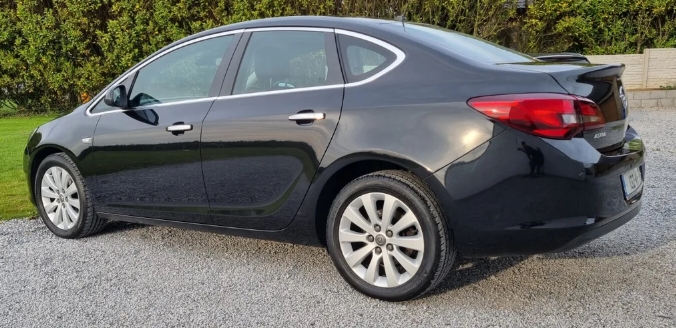The Evolution of the Daewoo Cielo
The Daewoo Cielo stands as a significant chapter in the history of South Korean automotive manufacturing. Introduced in the late 20th century, the Cielo was Daewoo’s first major foray into the compact sedan market, aiming to establish the brand on global stages. Spanning nearly a decade of production, the Cielo underwent several updates and variants, reflecting changing market demands and technological advancements. This article provides a detailed overview of the Daewoo Cielo’s evolution, including its production timeline, models, and trim levels.
Origins and Introduction (Early Years)
Production Years: 1994 – 1997
The Daewoo Cielo was officially launched in 1994, marking Daewoo’s first foray into the compact sedan segment. It was primarily developed to replace the aging Daewoo Espero and to compete in emerging markets with affordable, reliable transportation. The Cielo was based on the GM T platform, sharing parts and engineering with models like the Opel Astra, which helped streamline production and parts availability.
Initially, the Cielo was introduced in South Korea and soon expanded to other markets across Asia, Eastern Europe, and parts of Latin America. Its design was characterized by a modest, aerodynamic shape with a focus on practicality and cost-effectiveness.
Early Models and Trim Levels (1994–1997)
During its initial production run, the Cielo was available in several trim levels, tailored to different markets’ preferences and income levels.
South Korean Market:
- Base Model: Offered with a 1.5L SOHC inline-four engine, manual transmission, cloth interior, and basic features.
- GL Trim: Added features like air conditioning, power steering, and upgraded interior materials.
- GLX Trim: Included a 1.6L DOHC engine, alloy wheels, and additional comfort features.
Export Markets:
In export markets, the Cielo was often sold under different branding, such as the Chevrolet Cielo in some regions, due to Daewoo’s partnership with General Motors.
Powertrain Options
- 1.5L SOHC I4: The entry-level engine, producing approximately 86 horsepower.
- 1.6L DOHC I4: Offered around 105 horsepower, available on higher trims.
- Diesel Variant: A 1.5L diesel engine was also available in some markets, emphasizing fuel economy.
Mid-Cycle Refresh and Upgrades (1997–2000)
By 1997, the Cielo received a significant facelift to modernize its appearance and improve safety and comfort features. The refresh included:
- Redesigned front grille and headlights.
- New taillight design.
- Slight interior updates for increased comfort.
- Improved suspension for better ride quality.
During this period, Daewoo expanded the range with additional trim levels and options to cater to different markets’ demands.
Additional Trim Levels:
- CDX: Featured a 1.6L engine, air conditioning, power windows, central locking, and upgraded audio systems.
- CDX Plus: Added features like alloy wheels, electric mirrors, and a more refined interior.
- Sport Variant: Offered sportier styling elements such as body kits and sport suspension, primarily aimed at youth markets.
Production in Eastern Europe and Asia:
In countries like India and Russia, the Cielo was a popular budget option, often assembled locally to reduce costs.
The Second Generation and Advanced Features (2000–2002)
In 2000, Daewoo introduced a second generation of the Cielo, still based on the GM T platform but with more modern styling and improved safety features. This version was designed to meet stricter safety standards and to remain competitive against newer models.
Design and Features:
- More aerodynamic and contemporary styling.
- Upgraded interior with improved ergonomics.
- Introduction of airbags and anti-lock braking systems (ABS) in higher trims.
- Enhanced suspension and chassis improvements for better handling.
Models and Trim Levels:
South Korea and Asia:
- Standard: Powered by a 1.5L engine, manual or automatic transmission.
- Elite: Equipped with a 1.6L engine, optional automatic transmission, power accessories, and upgraded audio.
- Premium: Top-tier trim including air conditioning, power windows, central locking, and optional leatherette seats.
Export Markets:
The second-gen Cielo was marketed as the Daewoo Nexia in some regions, with the Cielo badge retained in others.
.
THIS might be a great place to get your new car from!
Or for those who are into the “car flipping” business, here’s an excellent resource for you!

.
Discontinuation and Legacy (2002 Onward)
Production of the Daewoo Cielo officially ended in 2002 as the company shifted focus towards newer models such as the Daewoo Lacetti and Leganza. The Cielo’s legacy lies in its role as a budget-friendly, reliable vehicle that helped establish Daewoo’s reputation in emerging markets.
In the years following discontinuation, the Cielo remained popular in used car markets across Asia, Eastern Europe, and South America, often remembered for its affordability and ease of maintenance.
Summary of Key Models and Trim Levels
| Year Range | Model Name | Engine Options | Notable Features | Market Focus |
|---|---|---|---|---|
| 1994–1997 | Daewoo Cielo | 1.5L SOHC, 1.6L DOHC, Diesel | Basic, GL, GLX trims | Entry-level, economy segment |
| 1997–2000 | Daewoo Cielo (facelift) | Same engines with updates | Styling refresh, safety features | Broader market appeal |
| 2000–2002 | Daewoo Nexia / Cielo | 1.5L, 1.6L engines | Modern styling, airbags, ABS | Compact sedan segment |
Impact and Significance
The Daewoo Cielo was instrumental in establishing Daewoo’s global presence. Its affordability and simplicity made it a popular choice among first-time car buyers and fleets. Its multiple trim levels allowed consumers to choose configurations that suited their needs and budgets.
Furthermore, the Cielo’s manufacturing and assembly in various countries fostered local industry growth and contributed to Daewoo’s export strategies. Despite eventually being phased out, the Cielo’s influence persisted in the form of subsequent models and Daewoo’s reputation for producing economical, practical vehicles.
Conclusion
The Daewoo Cielo’s evolution reflects the broader development of South Korea’s automotive industry during the 1990s and early 2000s. From its modest beginnings as an affordable compact sedan to its mid-life facelift and eventual replacement, the Cielo served as a stepping stone for Daewoo’s global ambitions.
Its legacy is marked by its role in democratizing automobile ownership in emerging markets, setting the stage for Daewoo’s later success with more sophisticated models. Today, the Cielo remains a nostalgic symbol of Daewoo’s early years and its commitment to delivering accessible mobility solutions worldwide.







